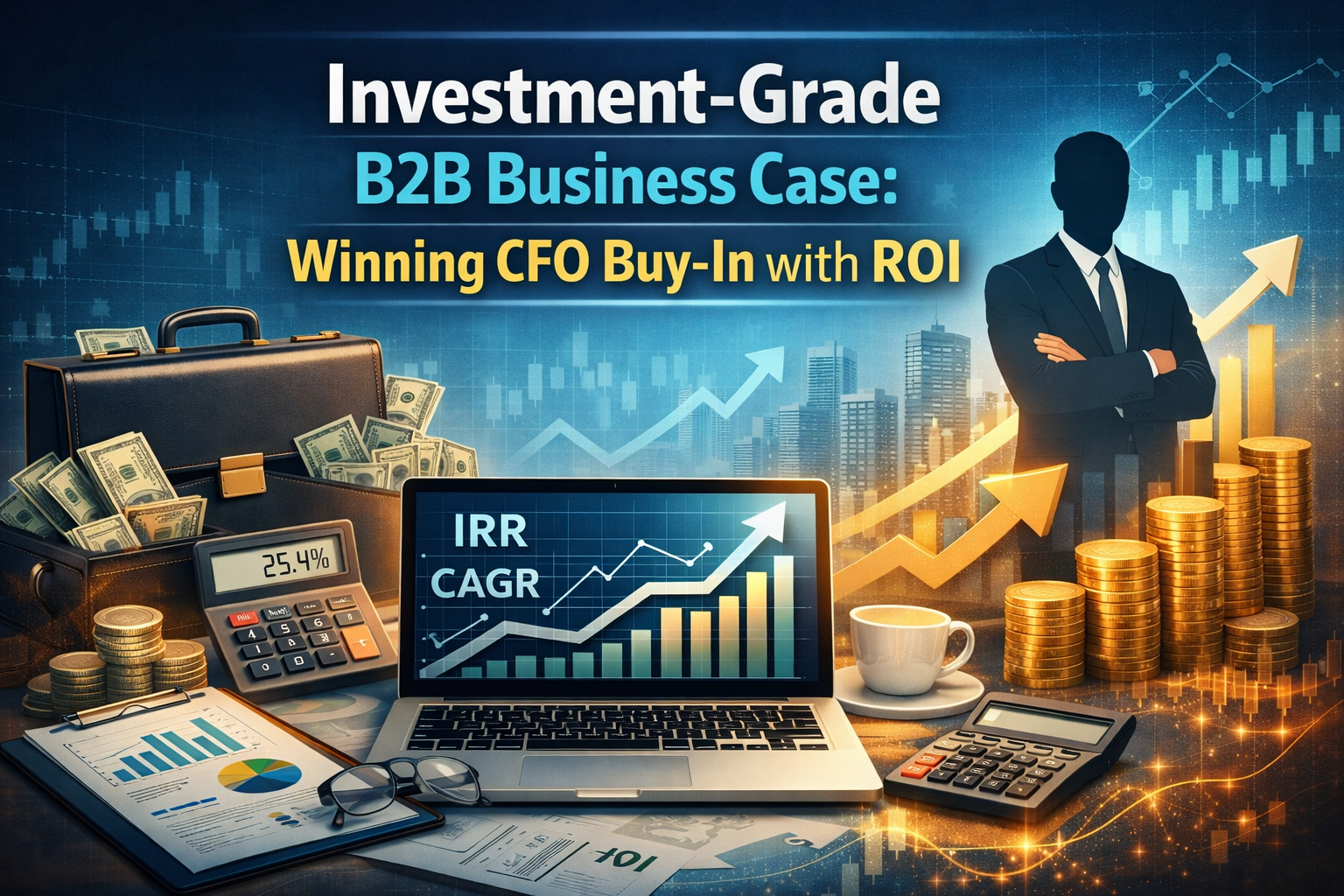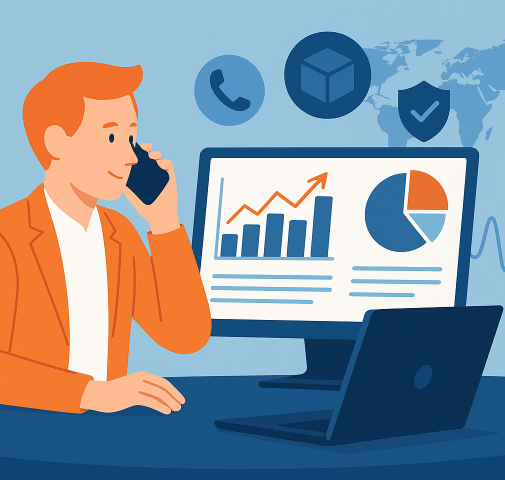Latest


B2B Lead Generation Strategies for Cosmetic & Personal Care Brands
The cosmetic and personal care industry is growing quickly, but so is the competition. Many beauty brands begin by selling straight to customers, but ...








